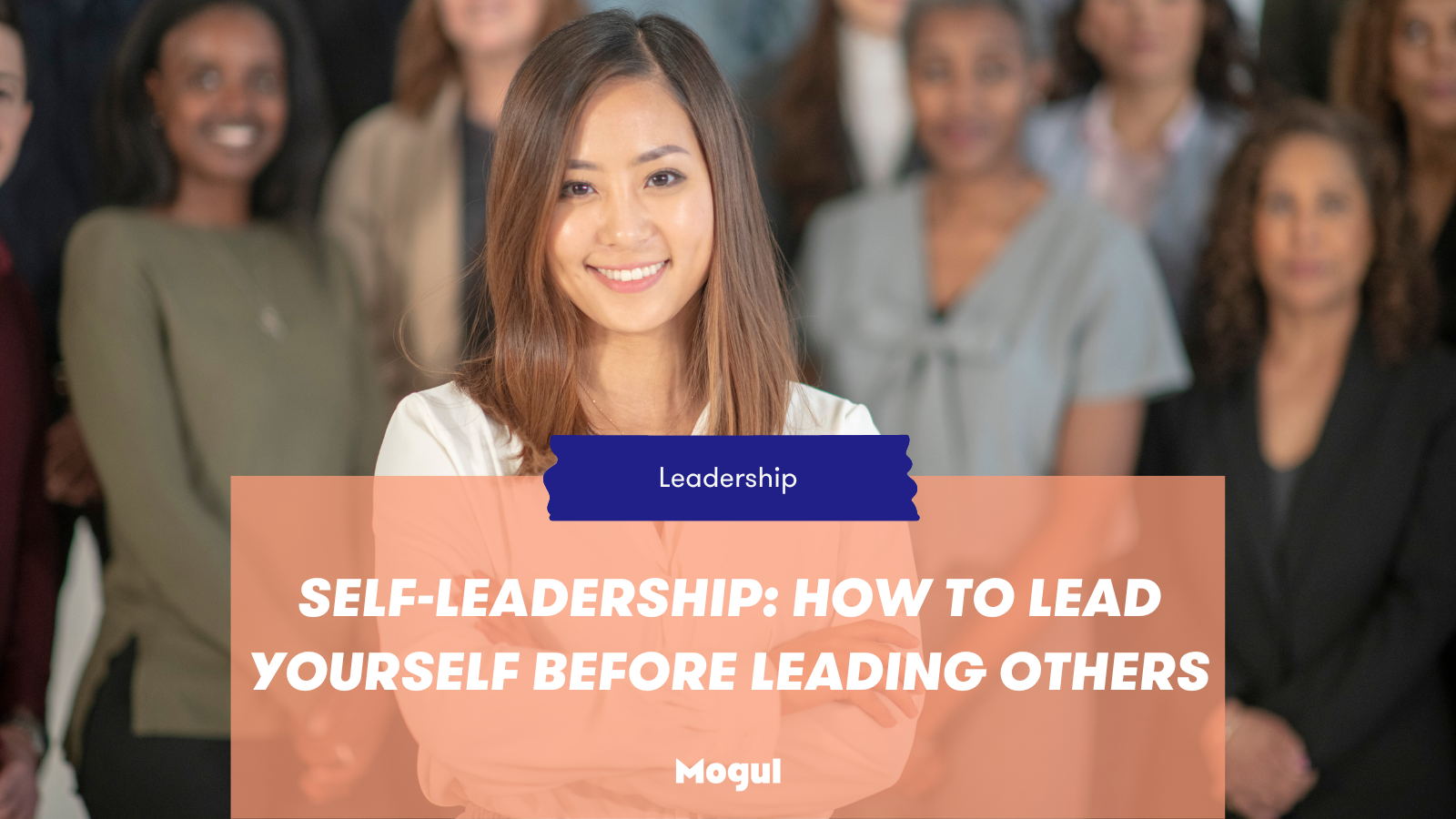Self-Leadership: How to Lead Yourself Before Leading Others

Now more than ever, the world needs leaders.
Before you can lead others, you must first learn to lead yourself.
Doing so requires four pillars: self-discovery, self-acceptance, self-management, and self-growth.
In this post, we will lead you in exercises to break down each pillar and provide you with actionable insights on developing your self-leadership skills.
Pillar One: Self-Discovery
The foundation of self-leadership is asking yourself questions.
How well do you know yourself, really?
What are your interests? What makes you come alive? Can you explain your beliefs and values? And do you understand why those beliefs and values are important to you?
It might sound silly. But if you can’t answer these questions out loud, this is step one.
Take out a pen and paper or pull up a new document and answer the following questions:
- What are my five main values?
- Why are these values important to me?
- What is my central belief based on my values?
- What activities give me energy and make me feel alive?
- How can I use this information to better my life and help others?
There are no right or wrong answers. Go as deep as you feel comfortable.
Self-discovery is all about making the unconscious conscious.
Use your answers as your compass. On days when you don’t feel your best, refer to your answers to recalibrate yourself toward the leader you’re striving to become.
Pillar Two: Self-Acceptance
Now that your beliefs and values are laid out and visible, it’s time to get honest with yourself.
Most of us try to suppress our flaws in the service of saving face. Nobody is perfect, and that’s ok.
Self-acceptance is about recognizing when things aren’t going as you’d like, understanding your part in that, and accepting responsibility for the outcome.
However, self-acceptance isn’t just about accepting your flaws. It’s equally crucial to own your strengths. Because when you can identify what you’re good at, you can leverage your strengths as a hedge against your weaknesses.
In the same document as before, make two columns: one for strengths and the other for weaknesses.
Jot down as many strengths and weaknesses as you can. Be completely honest with yourself.
When you feel finished with the exercise, do nothing but accept this information. Accept where you are in this moment.
Pillar Three: Self-Management
Self-management is simply another word for discipline.
It is about creating systems and processes to stay disciplined and focused when the going gets tough.
It’s not about overworking yourself. Rather, it’s about maintaining balance and prioritizing what needs to be done. You want to create sustainable routines that don’t take additional effort to maintain.
In your document, make a list of goals for yourself. Ask yourself what small steps (think weekly and daily) will help you make steady, incremental progress toward those goals. These will build into new routines for yourself.
Be conscious that it takes time to make new habits. What matters is making progress.
If you notice yourself falling behind on your daily/weekly progress, return to asking yourself questions. Are your daily/weekly goals too big? What obstacles did you face that prevented your progress? Can you make an adjustment to your goals or plans to avoid or lessen those pitfalls?
Use those questions to make your routines stronger. But realize that it’s inevitable that we will fall out of our routines at some point - and that’s ok.
Perhaps even more important than avoiding the pitfalls is giving yourself the means to get back on track.
If you ever feel stuck in doing so, imagine that you have a direct report in your situation. Then what would you do? How would you support them? Imagining yourself outside of the situation is a great tool for self-management.
Pillar Four: Self-Growth
Self-growth is about keeping yourself accountable and being open to feedback.
Great leaders are curious about every aspect of their business and team. They ask questions and seek to understand - not from a place of judgment, but out of a desire to make improvements.
The biggest key to self-growth is finding your sense of curiosity.
Curiosity helps you close knowledge gaps and empowers you to find new ways to solve old problems.
Curiosity also allows you to embrace failure, seeing it as the learning opportunity it is. The fear of failure is a weight that holds you back from pushing your own limits.
Self-growth is a journey of continuous learning. No matter what we do, we’ll fail in some way. The important thing is to accept it, learn from it, and adjust going forward. The joy is in the journey of continuous learning and seeing where it takes you.
Be the Leader You Wish to See
Taking the time for introspection and reflection is worth the effort. With a plan to make actionable changes in your life to get where you want to go, you’ll start seeing results.
Remember, self-leadership is a continuous journey. Don’t get discouraged in the moments you fall short. Because when knocked down, the best leaders always get back up and move forward.
For more posts on leadership and professional growth, subscribe to our resource blog and receive our next post right in your inbox.


